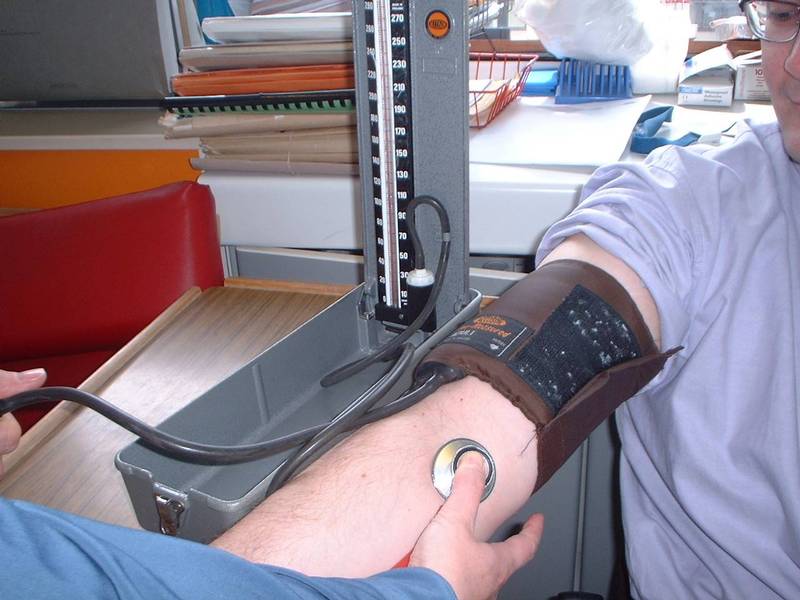How to Check Blood Pressure With a Sphygmomanometer

People who suffer from hypertension should check their blood pressure regularly. This way, they can avoid a lot of issues and see a doctor as soon as they notice any issues.
There are numerous ways of checking blood pressure, but the most reliable one is through a sphygmomanometer or the manual kit. Apart from being reliable, this apparatus is quite inexpensive compared to digital metres.
However, the usage is not easy compared to the digital devices. Despite that, you should be aware of how to use the sphygmomanometer, especially if there is a blood pressure patient in your house.
Things Required
– Sphygmomanometer or manual kit
Instructions
-
1
Open the kit
The first thing you need to do is separate all the instruments from each other. You will have the cuff, stethoscope, pressure gauge, and bulb, which is also known as the bladder. Make sure that the tubes in the apparatus are untangled, so that taking the reading becomes easier. -
2
Wrap the cuff around patient’s arm
Ask the patient to rest his/her arm on a table, parallel to the heart. Now, wrap the cuff around the arm, above the elbow area. Make sure that the cuff is properly in place, but it shouldn’t be too tight. -
3
Position the stethoscope
First, you have to put the earpieces of the stethoscope in your ears and then place the other end on the arm, where the brachial artery is found. In order to get an accurate reading, you should hold the diaphragm with one hand. -
4
Tighten the valve of the rubber bulb
You will find a small valve at the base of the rubber bulb. Make sure it is tightened properly, so that the air cannot escape the pump. -
5
Pump the bulb
Slowly start pumping the bulb and keep an eye on the needle on the apparatus. Once the needle reaches your desired number, stop pumping air through the bulb. -
6
Release the air
By turning the bulb valve anticlockwise, you can remove air from the cuff slowly. -
7
Listen to the heart beat
While the needle is coming down slowly, you will start hearing the patient's heart beat through your stethoscope. The point where this sound starts is your upper reading whereas the lower reading is when you stop hearing the beat. -
8
Note the reading and remove the cuff
After noting the reading, you can remove the cuff. If you have any doubt in the accuracy of the test, you can repeat the process again.







